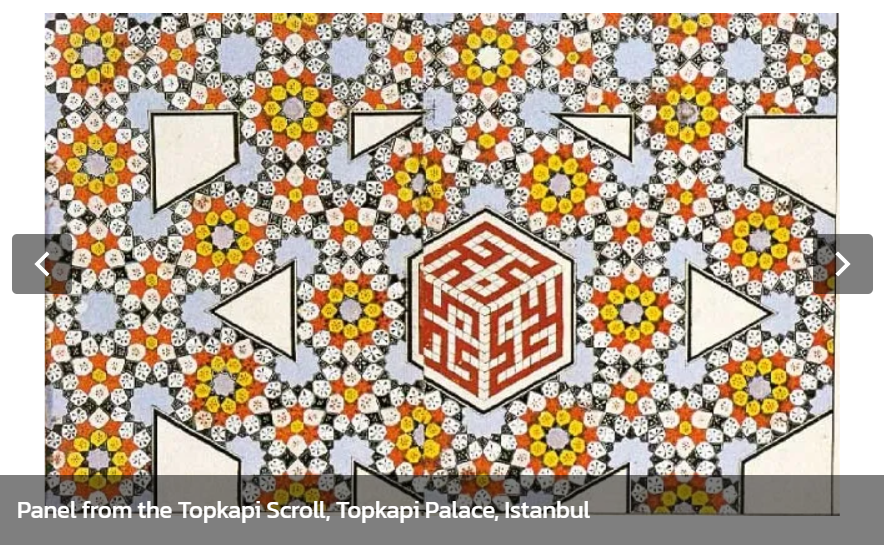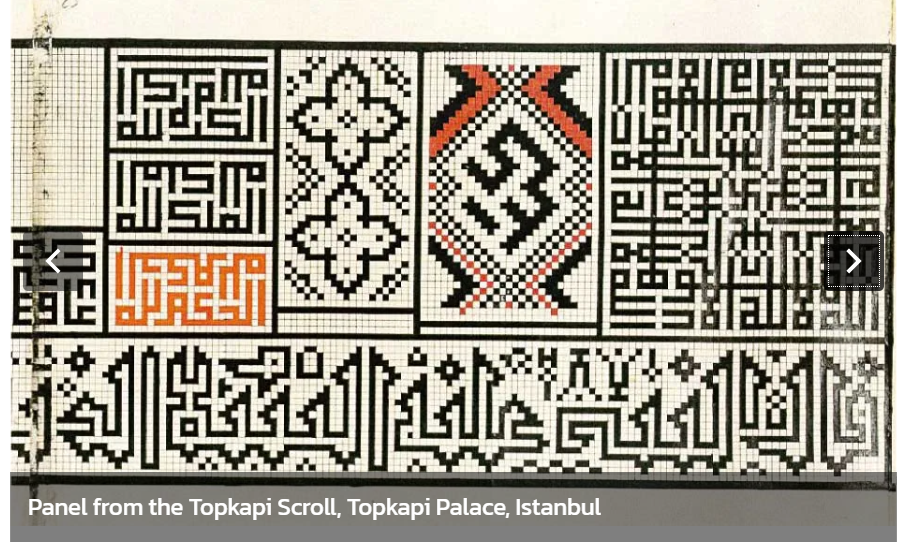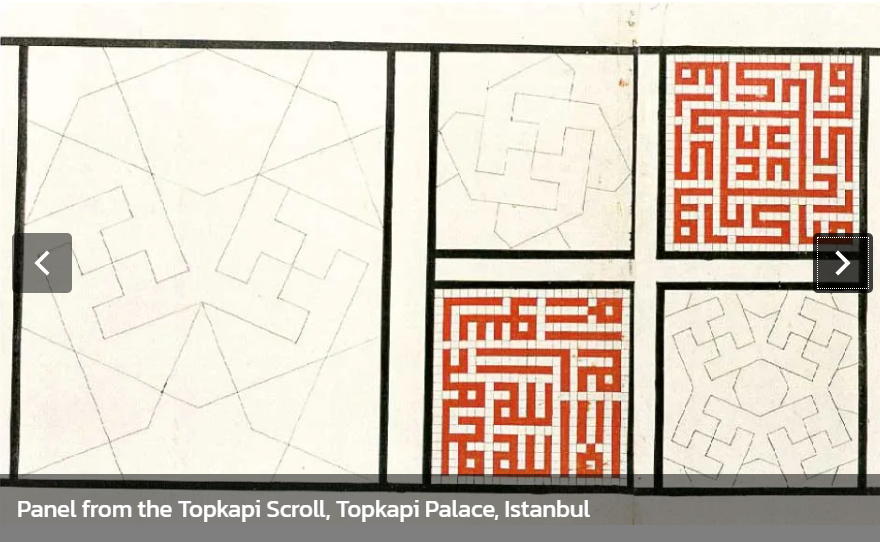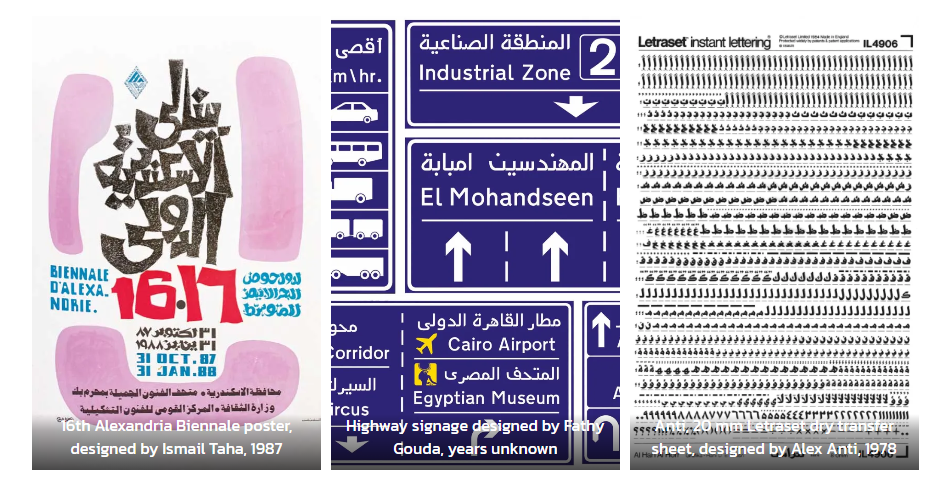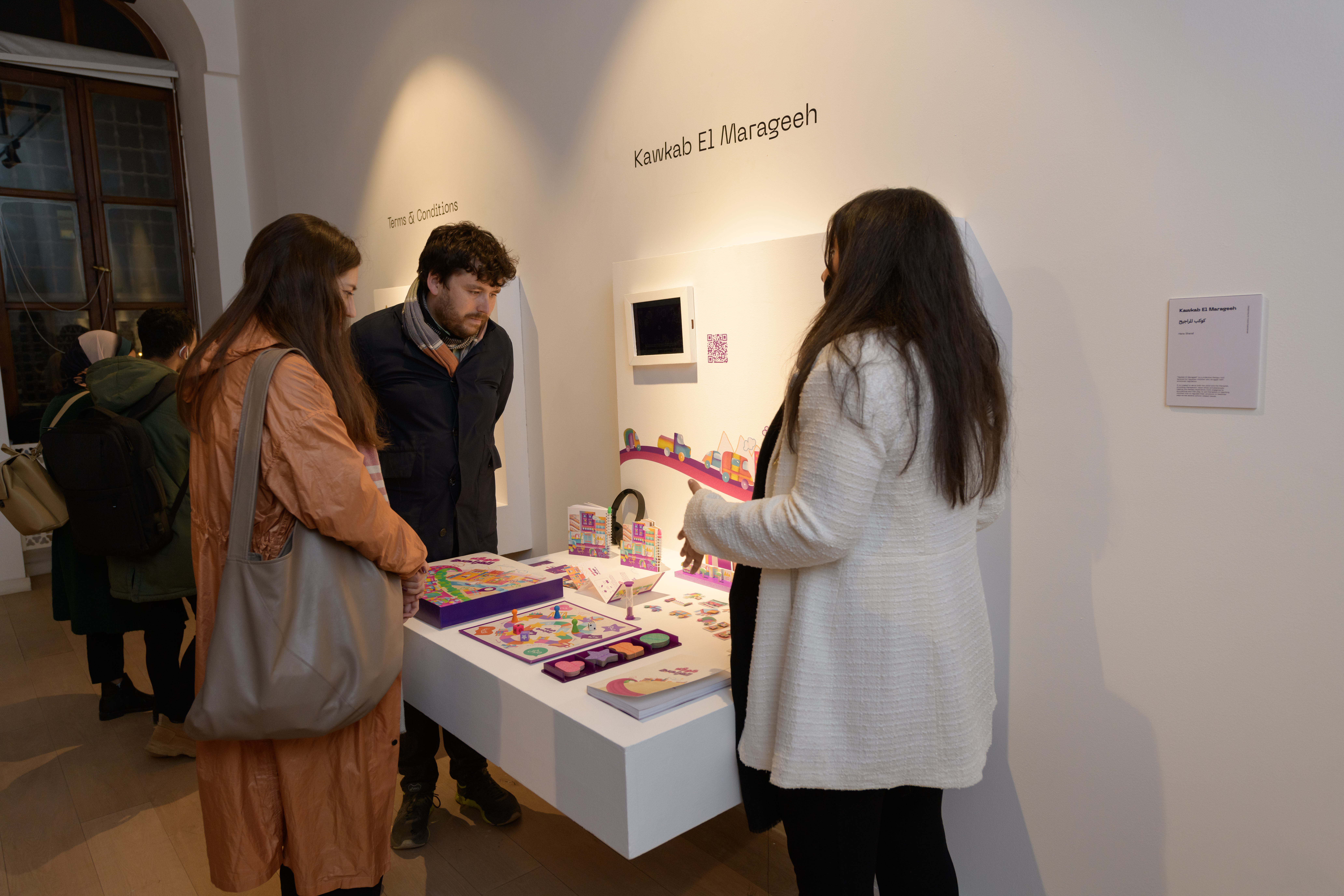The Great Design of History
Some of the more than 600 visuals featured in A History of Arab Graphic Design: the anatomy of a horse in crimson and azure, labeled in elegant Arabic calligraphy and preserved on paper for six centuries; tiles in shades of cerulean, turquoise and ultramarine adorning the half-moon entryway of Sheikh Lotfollah Mosque in Isfahan, Iran; an illustrated mermaid hugging a bouquet of paintbrushes on the first-ever Alexandria Biennale poster.
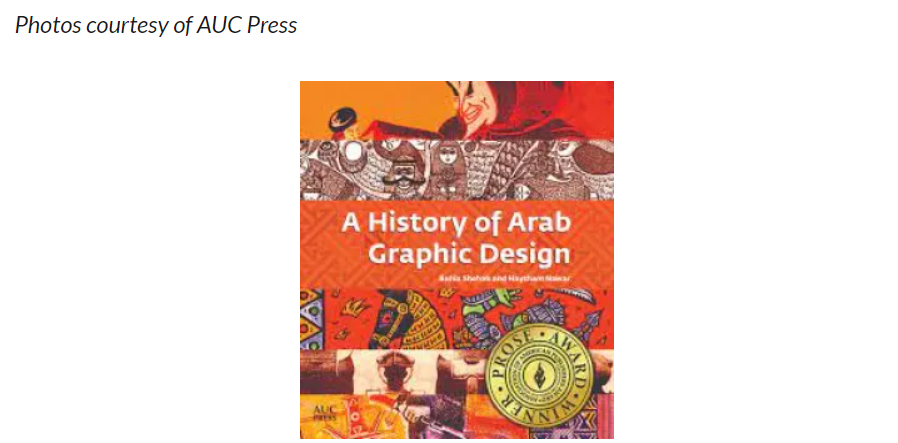


The first-of-its-kind textbook reminds us that for as long as humans have taken up space, we have insisted on decorating it. In doing so, Arab and Islamic artists have drawn, painted and etched a visual record of their history, whether they meant to or not.
Graphic design is part of a visual language that is itself the by-product and reflection of a culture and its society,” co-authors and Department of the Arts faculty Bahia Shehab (MA ’09), professor of practice, and Haytham Nawar, associate professor and chair, write. “We cannot discuss modern Arab graphic design and visual culture without understanding the region’s visual heritage.
Published by AUC Press, the book has received well-earned praise since debuting in 2020. The book sold out of its first printing within six months and won an Association of American Publishers Award for Professional and Scholarly Excellence (PROSE) in 2021 in the Art History & Criticism category. Al-Fanar Media called the text a “landmark” for its dedication to building history layer by layer.
For the full article click here
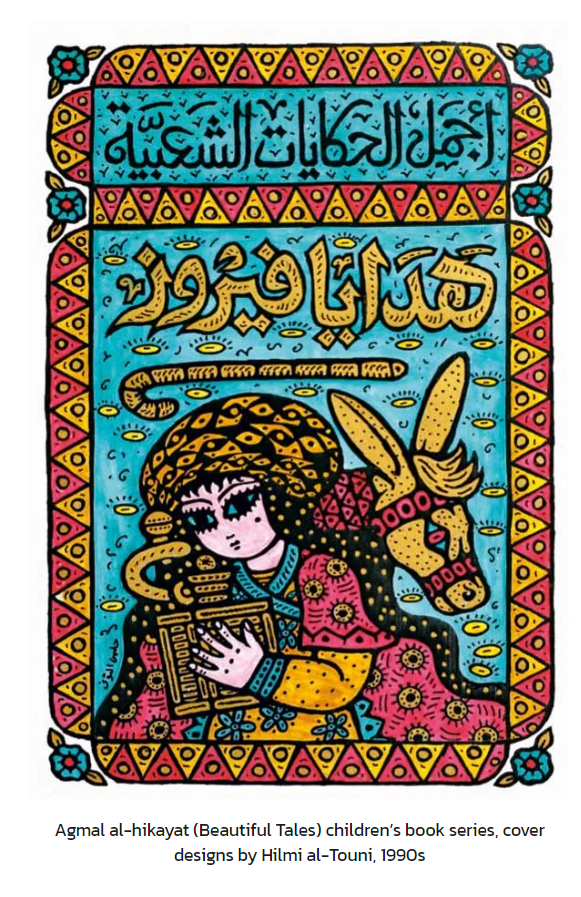
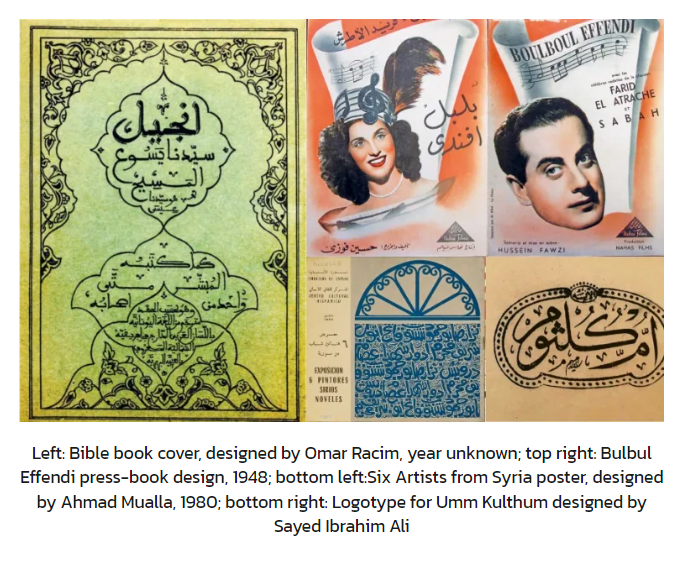
.

